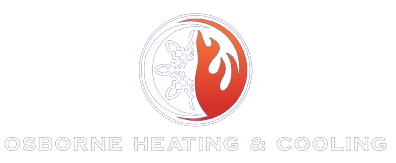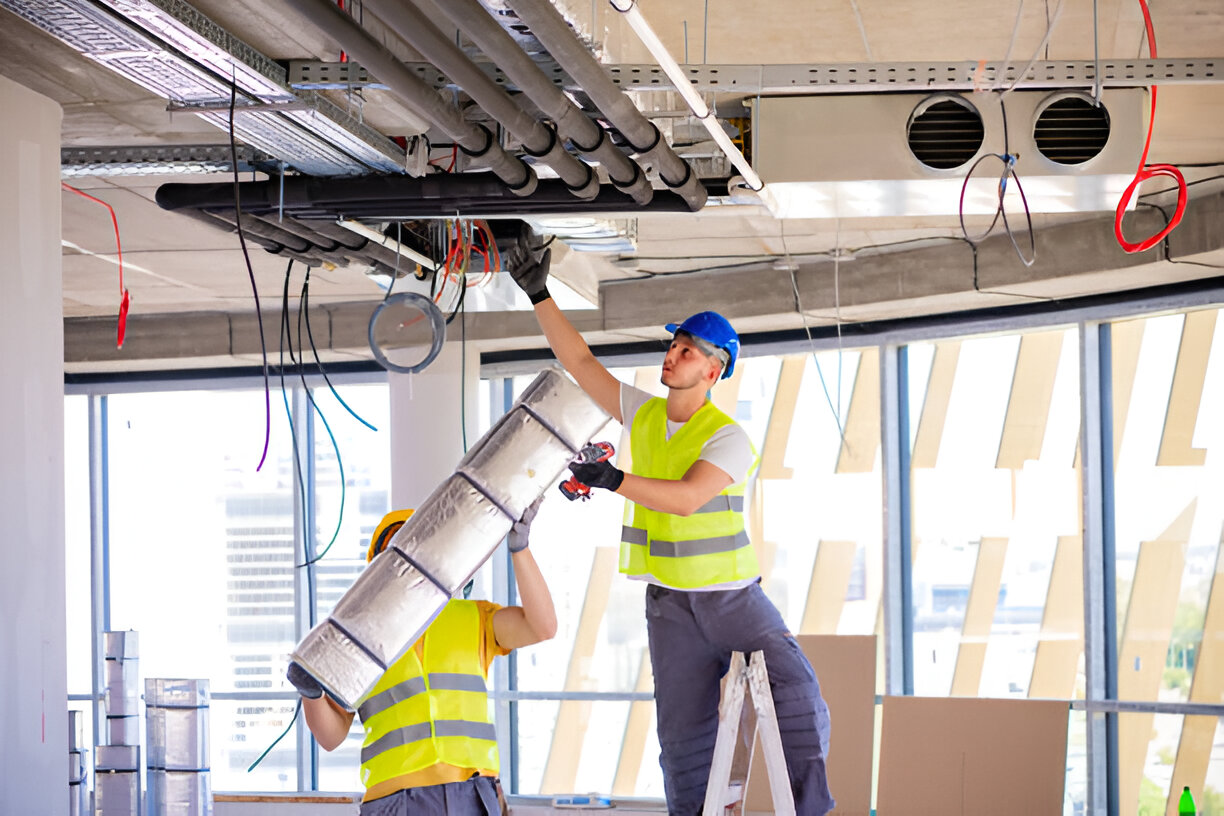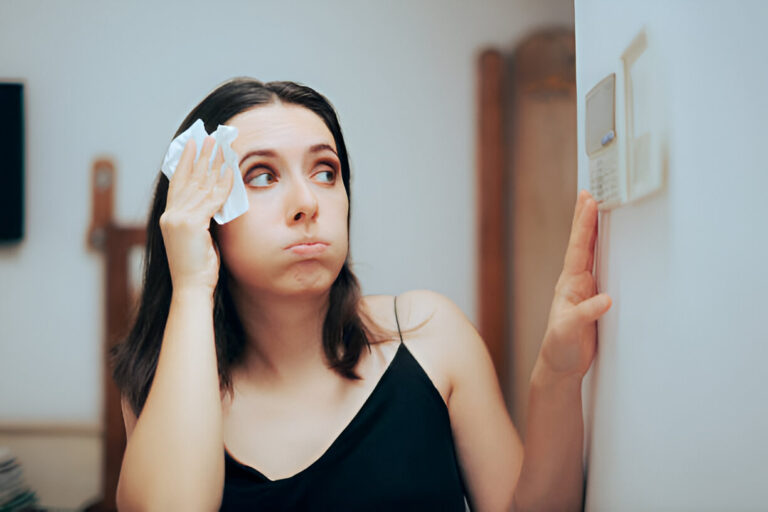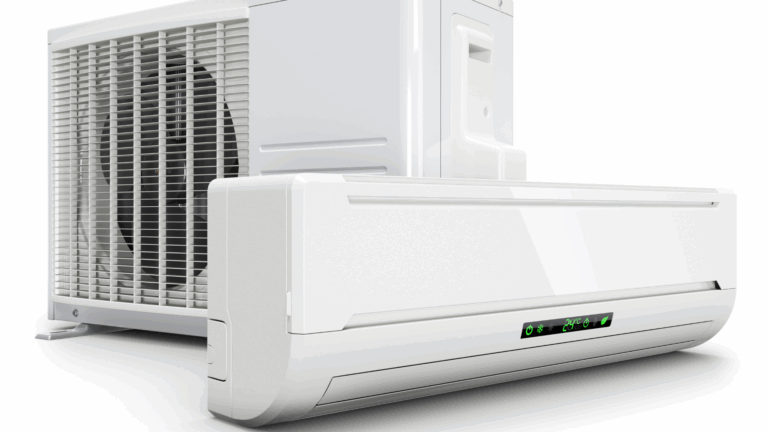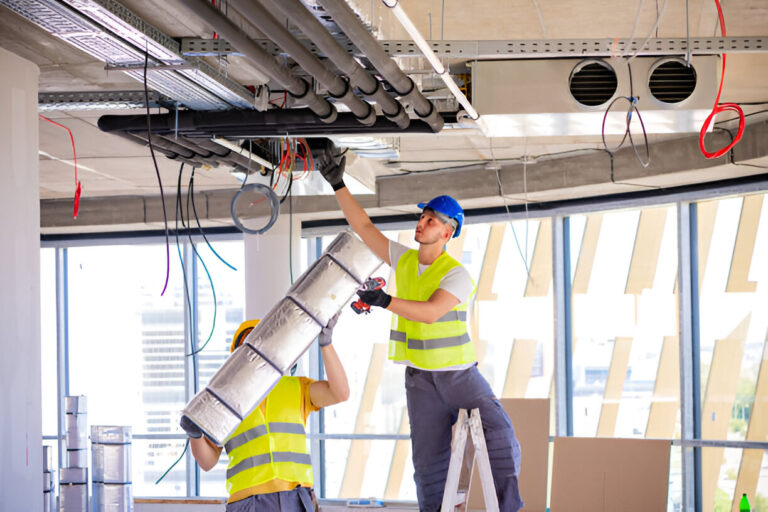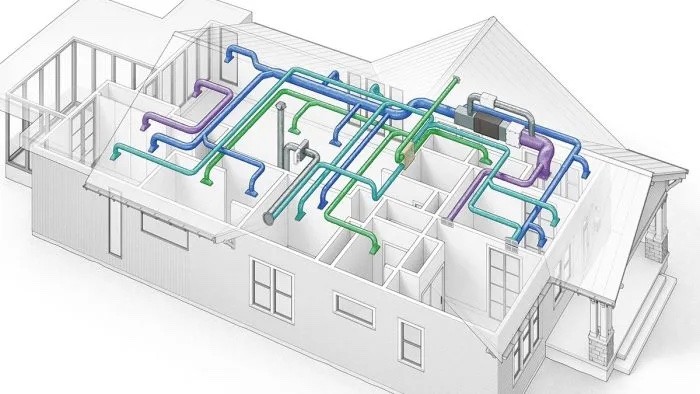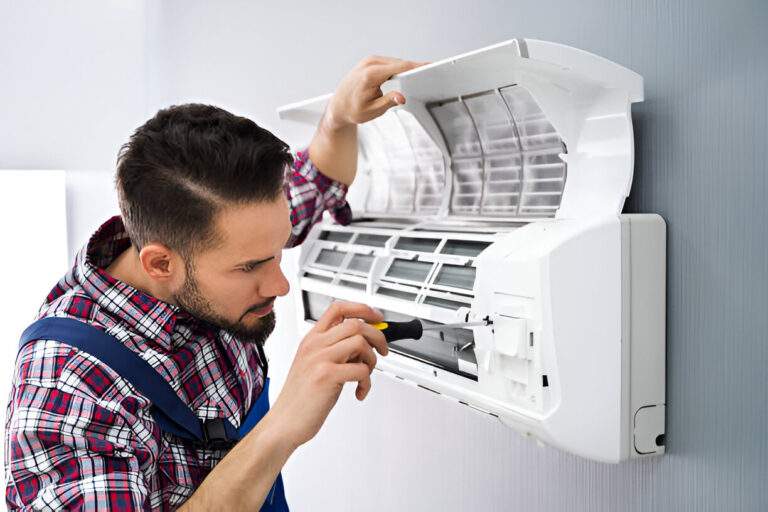10 Most Common AC Problems and How to Fix Them
it’s a scorching July afternoon, your air conditioner is humming in the background, and suddenly, warm air starts blowing from the vents. Few things are more frustrating than AC problems in the middle of summer.
Air conditioning isn’t a luxury anymore; it’s a necessity. According to the U.S. Department of Energy (DOE), nearly 87% of U.S. households use air conditioning in some form, with central air systems being the most common. With demand for cooling rising, the chances of running into common AC problems have also increased.
This guide breaks down the 10 most common air conditioner problems, what causes them, and, most importantly, how to fix them. Some issues are simple DIY jobs, while others require a licensed HVAC technician. By the end, you’ll know exactly how to keep your system running smoothly.
How an Air Conditioning System Works (Quick Refresher)
Before diving into the problems, let’s revisit how your AC works. Understanding the parts will help make sense of the fixes later.
Key Components
- Air filter – screens dust, dirt, and allergens before air circulates.
- Coil (evaporator & condenser) – transfers heat in and out of your home.
- Compressor – pumps refrigerant through the system.
- Refrigerant – the fluid that absorbs and releases heat.
- Thermostat – the brain that signals when to cool.
- Circuit breaker – prevents electrical overloads.
- Outdoor unit – houses the compressor and condenser coil.
- Indoor air handler – pushes conditioned air through ducts.

Cooling Cycle
Air conditioning works by moving heat rather than generating cool air directly. Here’s the flow:
- Refrigerant absorbs heat from indoor air.
- The compressor circulates refrigerant to the outdoor coil.
- Heat is released outside, and cooled air is circulated indoors.
According to ASHRAE (American Society of Heating, Refrigerating and Air-Conditioning Engineers), proper airflow and refrigerant charge are critical for efficiency. Skipping regular maintenance leads to many of the issues we’ll cover below.
10 Most Common AC Problems and Their Fixes
1. Dirty or Clogged Air Filter
One of the simplest, and most overlooked, AC problems is a dirty filter. A clogged filter restricts airflow, reduces indoor air quality, and can even cause the unit to stop cooling.
The EPA reports that clean filters improve energy efficiency by up to 15% while lowering health risks tied to poor indoor air quality.
Fix: Check filters monthly and replace them every 30–60 days during heavy use. Some higher-grade filters last up to 90 days.
2. Low Refrigerant or Refrigerant Leak
If your AC isn’t blowing cold air, a refrigerant issue could be to blame. Signs include warm air from vents, longer cooling cycles, or hissing sounds.
The DOE notes that refrigerant leaks are one of the most common issues in central AC systems. Since refrigerants are regulated by the EPA, only licensed HVAC technicians can recharge or repair leaks.Fix: Call a certified HVAC professional. DIY refrigerant charging is illegal and unsafe.
3. Frozen Evaporator Coil
A frozen coil can bring your cooling to a standstill. Causes include:
- Low refrigerant levels.
- Dirty coil.
- Restricted airflow from clogged filters or ducts.
You’ll notice frost on the coil or weak airflow.
4. AC Blowing Warm Air Instead of Cold
Few things are more frustrating than warm air coming from your AC. This issue may point to a thermostat error, refrigerant leak, compressor malfunction, or a dirty filter.
Fix: Start with easy checks, make sure the thermostat is set to “cool,” replace or clean the filter, and check the circuit breaker. If the problem persists, refrigerant or compressor issues may need professional repair.
5. Thermostat Malfunction
If your AC won’t turn on or cools unevenly, your thermostat could be the culprit.
According to the DOE, switching to a programmable or smart thermostat can reduce cooling costs by 10–15% annually.
Fix: Replace thermostat batteries, recalibrate settings, or consider upgrading to a smart thermostat for better control and efficiency.
6. Circuit Breaker Keeps Tripping
When the circuit breaker trips repeatedly, it’s usually a sign of electrical overload, dirty coils, or compressor strain.
Fix:
- Reset the breaker once.
- Check outdoor and indoor units for debris or dirt.
- If the breaker keeps tripping, call a licensed electrician or HVAC technician.
7. AC Leaking Water or Moisture
Moisture around your AC unit is never a good sign. Common causes include a clogged condensate drain line, frozen coils, or a broken condensate pump.
Excess water can damage floors, encourage mold, and harm indoor air quality.
Fix: Use a wet/dry vacuum or vinegar solution to clear the drain line. If water keeps pooling, schedule professional maintenance.
8. Strange Noises Coming From Your AC Unit
Buzzing, banging, or clicking sounds often mean loose parts, failing fans, or compressor trouble.
Fix: Tighten any visible loose components, check the fan blades, and schedule an inspection if the noises continue. Ignoring unusual sounds can lead to costly failures later.
9. Compressor or Fan Failure
The compressor is often called the heart of your AC. If it fails, your system won’t cool at all. Causes include overheating, electrical problems, or low refrigerant.
Fix: This is not a DIY repair. Compressor replacements often cost $1,200–$2,500 and require professional service.
10. Weak Airflow or Uneven Cooling
Uneven cooling across rooms is a common complaint. It can stem from dirty ducts, clogged filters, or a failing blower motor.
Fix:
- Replace filters.
- Consider professional duct cleaning.
- Schedule regular HVAC maintenance to ensure the blower motor is working correctly.
Cost of Fixing Common AC Problems
Costs vary depending on the issue and whether DIY is possible. Below are national averages from HomeAdvisor, Angi, and DOE data:
| AC Problem | DIY Fix Cost | Professional Repair Cost |
| Dirty Air Filter | $10–$40 | N/A |
| Refrigerant Leak/Low Levels | N/A | $200–$1,500 |
| Frozen Evaporator Coil | $0–$200 | $400–$1,000 |
| Thermostat Malfunction | $20–$250 | $150–$600 |
| Circuit Breaker Trips | N/A | $150–$500 |
| Water Leak/Drain Clog | $0–$50 | $100–$400 |
| Strange Noises | N/A | $150–$700 |
| Compressor Failure | N/A | $1,200–$2,500 |
| Weak Airflow/Duct Issues | $0–$100 | $300–$1,000 |
How to Prevent Common AC Problems (Maintenance Tips)
Preventing problems is cheaper than repairing them. The DOE estimates that regular AC maintenance can reduce energy costs by 5–15%.
Tips to keep your system running:
- Replace or clean filters regularly.
- Schedule annual HVAC inspections.
- Clean evaporator and condenser coils.
- Keep the outdoor unit free of debris.
- Monitor refrigerant levels with a licensed technician.
When to DIY vs. Call a Professional
Not all AC problems need a technician, but some definitely do.
DIY Fixes
- Replace air filters.
- Reset thermostats or replace batteries.
- Clear condensate drain lines.
Call a Professional
- Refrigerant leaks.
- Compressor or fan failure.
- Electrical or breaker issues.
Remember: refrigerant handling requires EPA certification, and electrical repairs carry high risks.
Keep Your AC in Working Condition
AC breakdowns always seem to happen when you need cooling most. But with regular maintenance and a basic understanding of common problems, you can avoid most emergencies.
Research from ASHRAE shows that routine inspections can prevent up to 80% of breakdowns. Whether it’s replacing a dirty filter or calling in a pro for refrigerant leaks, staying proactive ensures your AC works efficiently for years.
Keep it simple: change your filter, schedule yearly tune-ups, and don’t ignore early warning signs. Your comfort, and your wallet, will thank you.
Frequently Asked Questions (FAQ)
